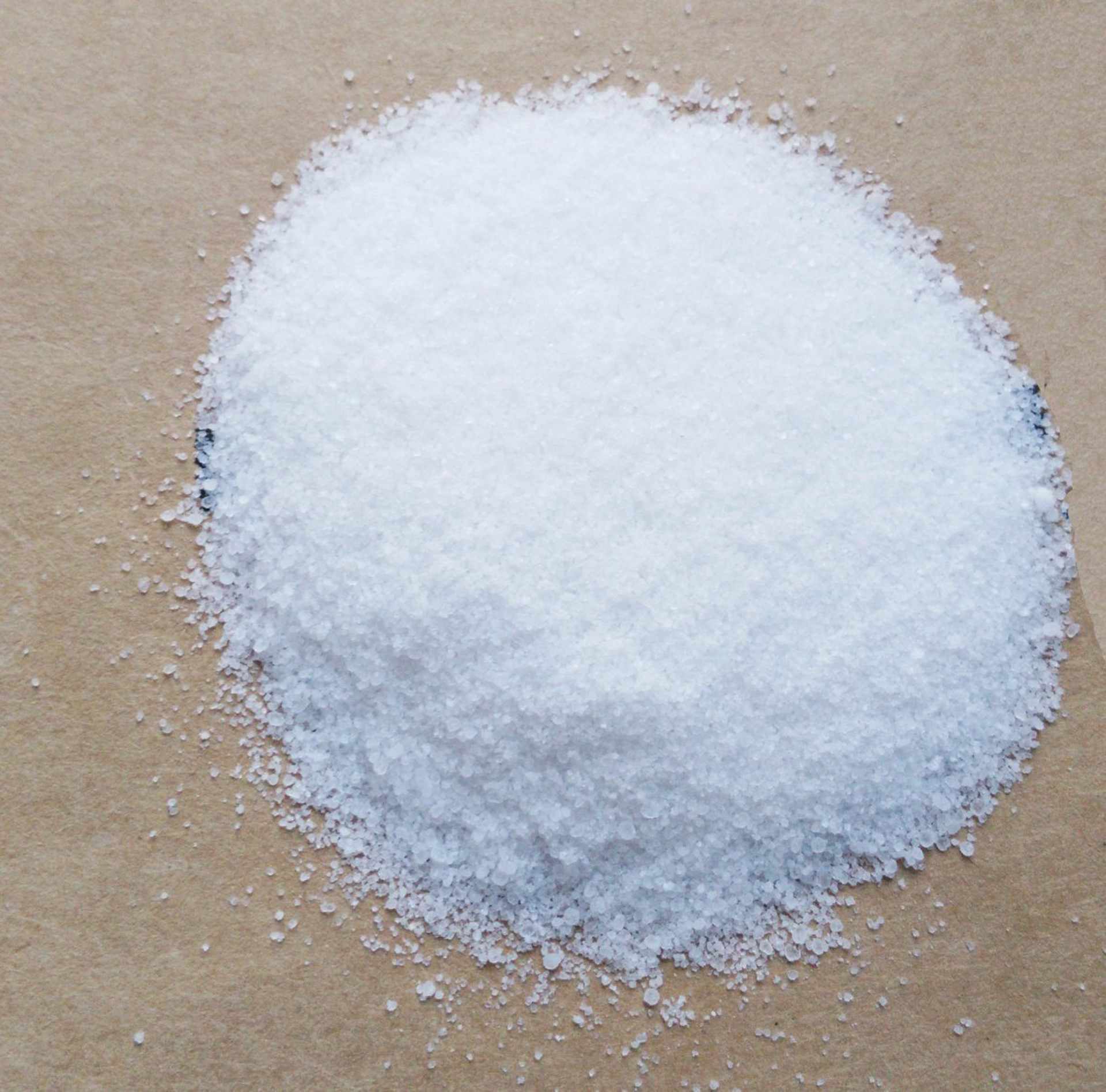



Sodium Hydroxide in Papermaking – Essential Processes and Benefits
The Role of Sodium Hydroxide in Paper Making
Sodium hydroxide (NaOH), commonly known as caustic soda, plays a pivotal role in the paper-making industry. Its primary application is in the pulping process, where it helps to break down the lignin in wood chips, allowing for the extraction of cellulose fibers. This process is vital for producing various types of paper products and has significant implications for both efficiency and environmental impact.
The Role of Sodium Hydroxide in Paper Making
Additionally, sodium hydroxide plays a crucial role in the bleaching process of paper. After the pulp is cooked, it can contain residual lignin that affects the brightness and whiteness of the final product. By treating the pulp with NaOH, manufacturers can further remove lignin and enhance the brightness of the paper. This bleaching preliminary makes subsequent bleaching stages more effective, leading to a more environmentally friendly and cost-efficient production process.
sodium hydroxide in paper making

However, the use of sodium hydroxide is not without its challenges. The chemical is highly caustic and poses risks to health and safety in the workplace. Proper handling and storage of NaOH are crucial to prevent accidents and injuries. Moreover, there are environmental considerations associated with its use, particularly in terms of effluent treatment. During the paper-making process, large quantities of sodium hydroxide may be released, which can be harmful to aquatic ecosystems if not properly managed. Therefore, companies are increasingly implementing closed-loop systems to reuse NaOH in their processes, minimizing waste and environmental impact.
Efficiency improvements in the use of sodium hydroxide in paper making are also being sought through innovations in technology. For instance, advanced control systems allow for precise management of the cooking process, optimizing the time and concentration of NaOH used. Such innovations not only enhance production efficiency but also contribute to sustainability goals by reducing the consumption of chemicals and energy.
In conclusion, sodium hydroxide is an essential component in the paper-making process, particularly in pulping and bleaching. It significantly contributes to the efficiency and quality of paper production. However, the challenges associated with its use, including safety risks and environmental impacts, necessitate careful management and innovative practices. Moving forward, the industry’s focus on sustainability and efficiency will likely drive further advancements in the application of sodium hydroxide, ensuring that it continues to play a vital role in meeting the demands of a paper-hungry world while minimizing its ecological footprint. As the paper industry evolves, the balance between effective chemical use and environmental stewardship will be crucial to its future.
-
High-Purity Strontium Chloride (SrCl2) for Lab & IndustryNewsAug.31,2025
-
Anhydrous Formic Acid 80% 85% 94% - High Purity SolutionsNewsAug.30,2025
-
Accurate Fire Assay Flux for Gold & Silver Ore AnalysisNewsAug.29,2025
-
Advanced Paint Chem Solutions: Quality Chemicals for CoatingsNewsAug.28,2025
-
Potassium Nitrate: The Ultimate Fertilizer for Agriculture and GardeningNewsAug.25,2025
-
Potasium Persulphate: A Versatile Chemical for Industrial ApplicationsNewsAug.25,2025
-
Industrial Applications of Sodium HydroxideNewsAug.25,2025










